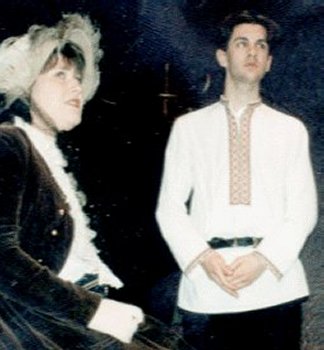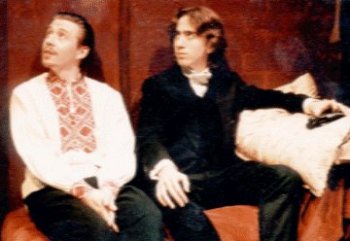
6 performances
Hampton Court Theatre, United Kingdom
It may be said that the art of the theatre is the least pure and the most complicated of the arts. The artist has his canvas, the sculptor his stone which remain to be viewed. But a playwright differs in that his medium - the written word - is not the medium in which his work will be viewed. The playwright like the composer of musical scores, is dependent on others for interpretation and taking the analogy with music further, both need a conductor or director responsible for translating the work from one medium into another.
All playscripts therefore may be regarded as a musical score, some are comparatively simple, some complicated. Rodney Ackland's version of 'Crime and Punishment' is an extremely complicated score.
No one who has read Dostoyevsky's novel will bve surprised at this statement. It's great length, deviations, multiplicity of characters, plots and sub-plots do not lend themselves to the time and space confines of a stage presentation. Ackland achieves his play by removing some characters, telescoping others and creating new ones; by bringing his people all under one roof - Amalia's lodging-house - and by presenting a cross-section of this swarming wretched dwelling. In his mind's eye, he saw the Marmeladoff's room in the centre of the stage; he saw Raskolnikoff's and the Street Vendor's rooms leading off of it and he saw a staircase up to the more well-to-do quarters. The writing of the action, sometimes simultaneous in all three rooms and on the stairs, was a complicated piece of dovetailing.
As mentioned, long out-of-print, enquiries can find no productions of it for many, many years. This seems a great pity and it is therefore an eminently suitable play for YAT to revive and perhaps give it a new lease of life. Certainly, as YAT needs large cast plays to give opportunities to as many as possible, Crime and Punishment, with such a wide range of real, individual characters, has given opportunities to many of us to re-create real people, a most rewarding task for any actor.
Eric Yardley - November 1993
Stage adaptation by Rodney Ackland



